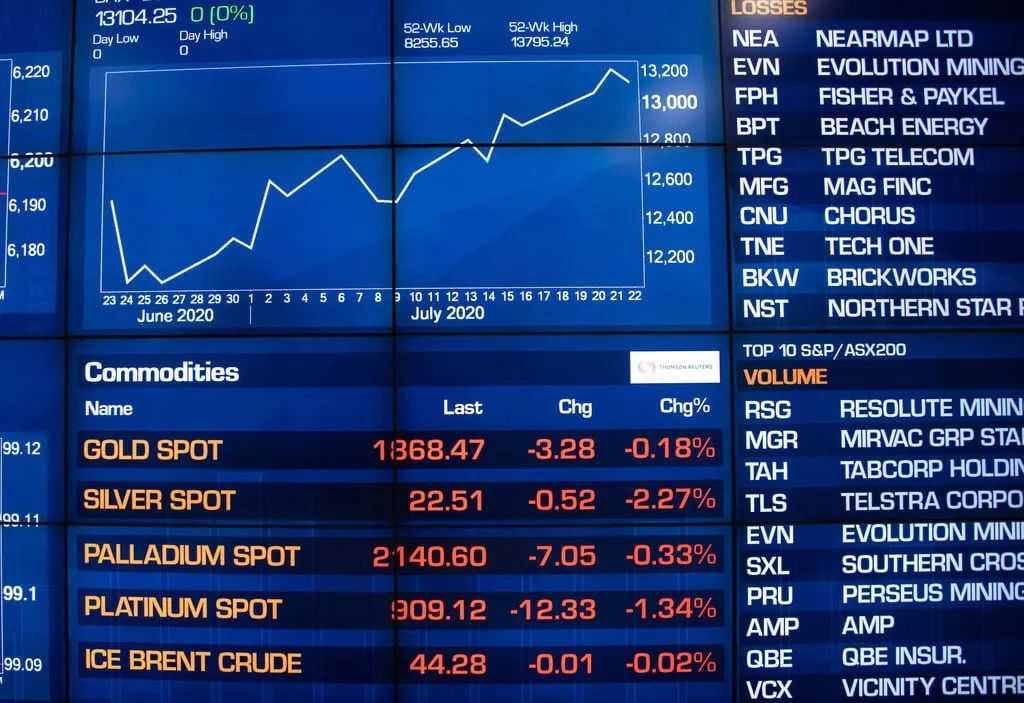Fundamentally, several US economic data points were weak. The number of job openings in March dropped to the lowest level since September last year, the Conference Board's Consumer Confidence Index in April plummeted to a nearly five - year low, and the merchandise trade deficit in March expanded to a record - high 162 billion. A recent Reuters survey showed that most economists believe the Trump administration's tariff policies have essentially damaged business confidence, significantly increasing the risk of a global economic recession. Consequently, expectations for a Fed rate cut have intensified, driving the strength of US bonds and impeding the rebound of the US dollar index.
There were also some subtle changes in trade policies. President Trump signed two executive orders on Tuesday. Through measures such as tariff credits and exemptions for some materials, he aimed to ease the market impact of the previous auto tariff policies. Meanwhile, the US trade team announced the reaching of preliminary agreements with some trading partners. These actions temporarily alleviated the market's concerns about the fickleness of trade policies.










